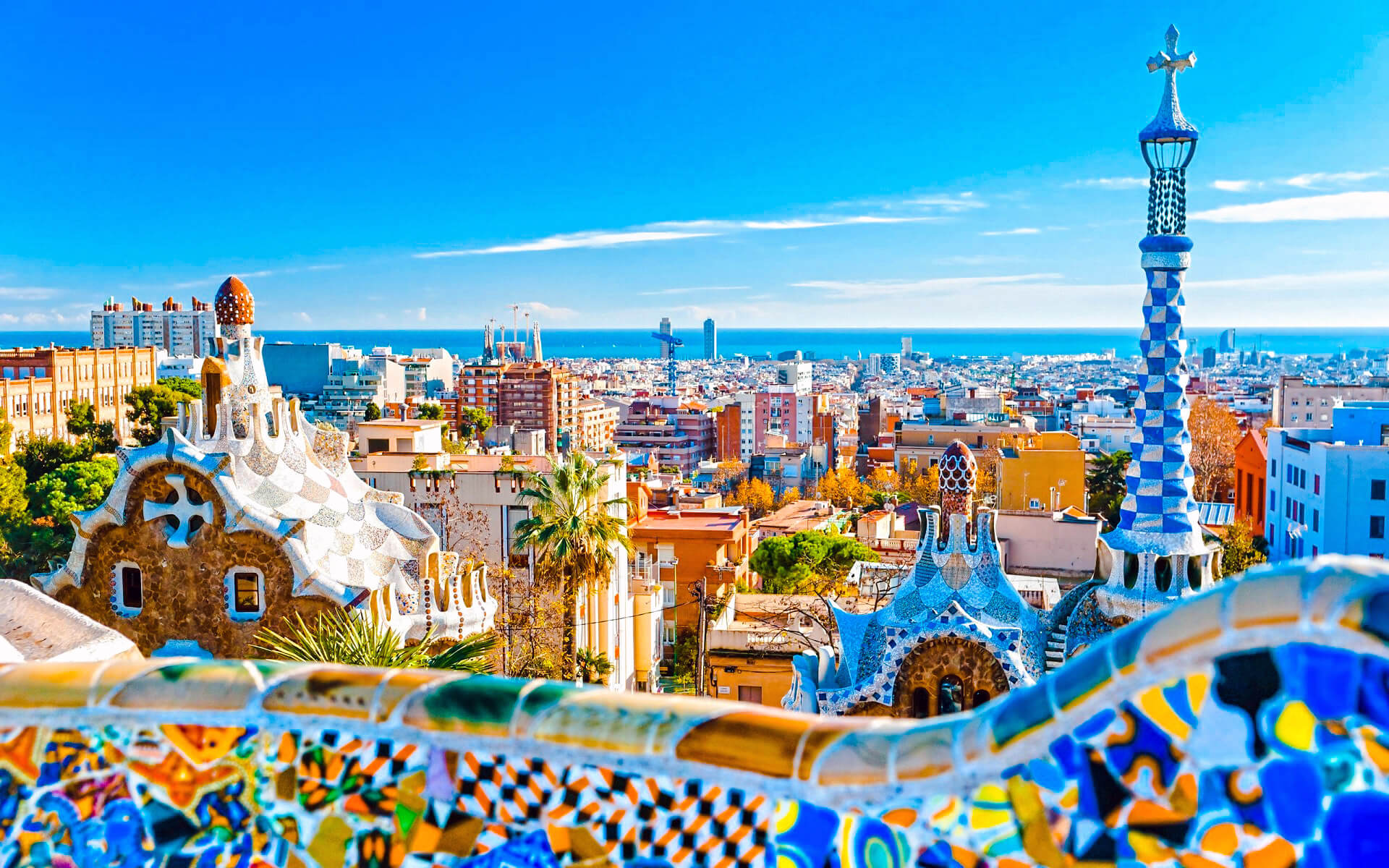Barcelona is the capital city of Catalonia in the Kingdom of Spain, as well as the country’s second most populated municipality, with a population of 1.65 million people living inside city boundaries. Its urban area stretches outside the official city borders and has a population of around 4.7 million people, ranking it sixth in the European Union behind Paris, London, Madrid, the Ruhr region, Berlin, and Milan. It is the Mediterranean Sea’s greatest city, lying on the coast between the mouths of the rivers Llobregat and Bess, and limited to the west by the Serra de Collserola mountain range, the highest point of which is 512 meters (1,680 feet) high.
Barcelona was founded as a Roman city and became the capital of the County of Barcelona in the Middle Ages. Barcelona remained an important city under the Crown of Aragon after its merger with the Kingdom of Aragon, serving as the Crown’s economic and administrative hub as well as the capital of the Principality of Catalonia. Barcelona, which has been besieged multiple times throughout its history, has a rich cultural past and is now an significant cultural center as well as a prominent tourist attraction. The architectural masterpieces of Antoni Gaud and Llus Domènech I Montaner, both of which have been declared UNESCO World Heritage Sites, are particularly well-known. The Union for the Mediterranean’s headquarters are in Barcelona. The city is well-known for hosting the Summer Olympics in 1992, as well as world-class conferences and expositions, as well as other major sporting events.
Barcelona is one of the world’s most significant tourist, economic, trade fair, and cultural destinations, and its impact in business, education, entertainment, media, fashion, science, and the arts all contribute to its standing as a major worldwide city. It is a significant cultural and commercial hub in southwestern Europe, as well as a financial center, ranking 24th in the globe (before Zürich and after Frankfurt). With a GDP of €177 billion in 2008, it was the fourth most economically powerful city in the European Union and the 35th most powerful metropolis in the world. Barcelona has a GDP of $170 billion in 2012, and it leads Spain in both employment rate and GDP per capita change. In 2009, the city was named third in Europe and one of the world’s most successful city brands. The city was voted Europe’s fourth-best city for business and fastest improving European city in the same year, with growth of 17 percent per year, but it has since been in a complete recession, with reductions in both employment and GDP per capita, with some recent hints of an economic recovery. Barcelona has been a top smart city in Europe since 2011. Barcelona is a transportation hub, with the Port of Barcelona being one of Europe’s main seaports and the busiest European passenger port, an international airport, Barcelona–El Prat Airport, which handles over 40 million passengers per year, an extensive motorway network, and a high-speed rail line connecting it to France and the rest of Europe.


